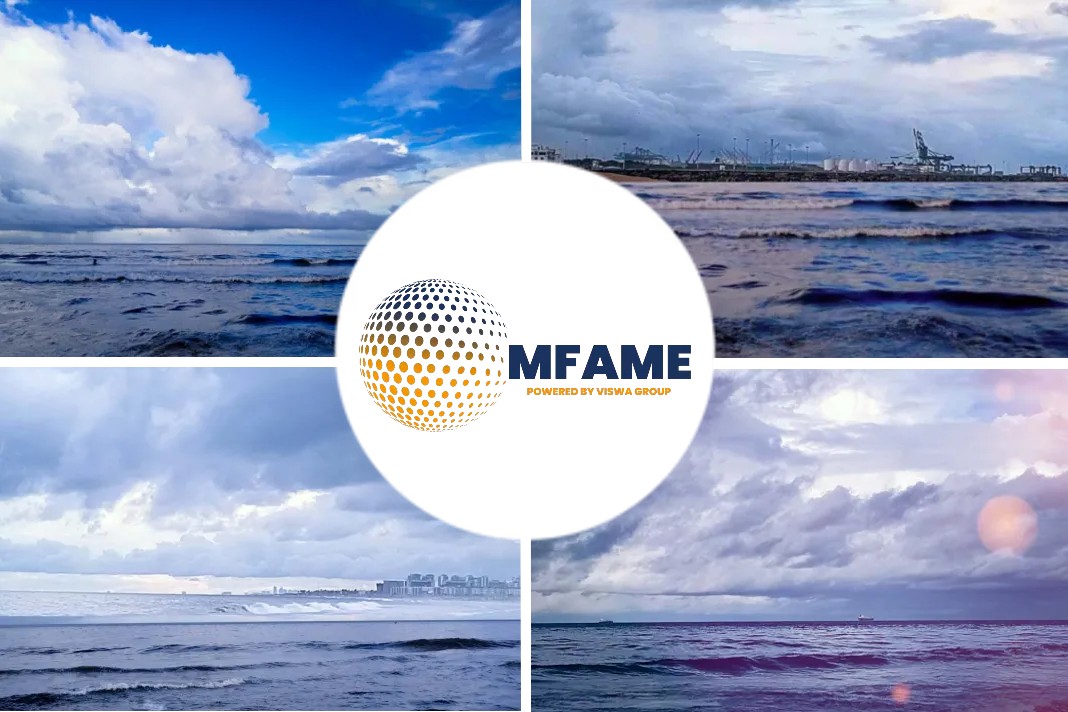 Ships operate in an environment that is not only commercially demanding but also exposed to risks that have serious consequences. In spite of significant improvements in safety regulations, equipment, and technology, we continue to see accidents and mishaps at sea, caused by a multitude of reasons, that often result in these valuable containers of cargo going overboard, says an article published on solver minds website.
Ships operate in an environment that is not only commercially demanding but also exposed to risks that have serious consequences. In spite of significant improvements in safety regulations, equipment, and technology, we continue to see accidents and mishaps at sea, caused by a multitude of reasons, that often result in these valuable containers of cargo going overboard, says an article published on solver minds website.
Stop the Losses, It’s Time for AI-Optimized Container Stowage
The number of containers falling overboard, and hazardous cargo causing untold damage, results in millions of dollars of losses, insurance claims and immeasurable environmental damage.
The reasons for the failures are many, but larger vessels, disrupted sailing schedules, ports with maxed out capacity and human error are top of the list.
“It is time for the industry to change and to harness centralized stowage planning systems that ensure vessels operate at their maximum capacity,” said Vijay Minocha, Chief Commercial Officer of Solverminds Solutions. “These stowage systems powered by artificial intelligence (AI) include careful consideration of stack weight limits, visibility restrictions, stability limitations, hull stress and lashing forces, significantly increasing safety and mitigating the risk of lost containers”.
Artificial Intelligence, Real Safety
When it comes to protecting the lives of the crew and the well-being of the environment, safety is at the top of everyone’s agenda. Line haul operators can mitigate the risk with DG storage by using smart in-built hazard stow algorithms that generate automated plans for hazardous cargo within seconds and in compliance with the IMDG Code, vessel-specific limitations and in-house company policies.
The process that typically involved arduous manual monitoring and validation by experts is now automated through technology, with faster results.
“What takes overworked stowage planners hours to complete can be achieved quicker and more effectively in seconds using AI-enabled stowage planning algorithms,” said Minocha.
Disrupted sailing schedules, port congestion and labor shortages are compounding the problems that line-haul carriers are enduring, but a well-executed stowage operation is directly linked to reducing the time a vessel spends in port and a corresponding reduction in cost.
Plan Ahead, Harness Expertise in Seconds
A simple upload of cargo forecasts produces optimal plans for multi-port voyages irrespective of service or cargo type. Using Sonata from Solverminds, the built-in algorithm embeds the expertise of highly skilled vessel planners and generates reliable stowage plans within a few seconds while considerably reducing manual planning time.
Speak to an informed consultant at Solverminds about our integrated cargo forecast planning platform – Sonata – that allows carriers to plan and formalize stowage through consolidated multi-format files. These include BAPLIE, Movins, Excel, COPRAR, and user-specific formats, and share container data with real-time visibility.
Summary
- Ships operate in an environment that is not only commercially demanding but also exposed to risks that have serious consequences.
- The number of containers falling overboard, and hazardous cargo causing untold damage, results in millions of dollars of losses, insurance claims and immeasurable environmental damage.
- These stowage systems powered by artificial intelligence (AI) include careful consideration of stack weight limits, visibility restrictions, stability limitations, hull stress and lashing forces, significantly increasing safety and mitigating the risk of lost containers.
- A simple upload of cargo forecasts produces optimal plans for multi-port voyages irrespective of service or cargo type.
Did you subscribe to our daily newsletter?
It’s Free! Click here to Subscribe!
Source: solverminds.com














